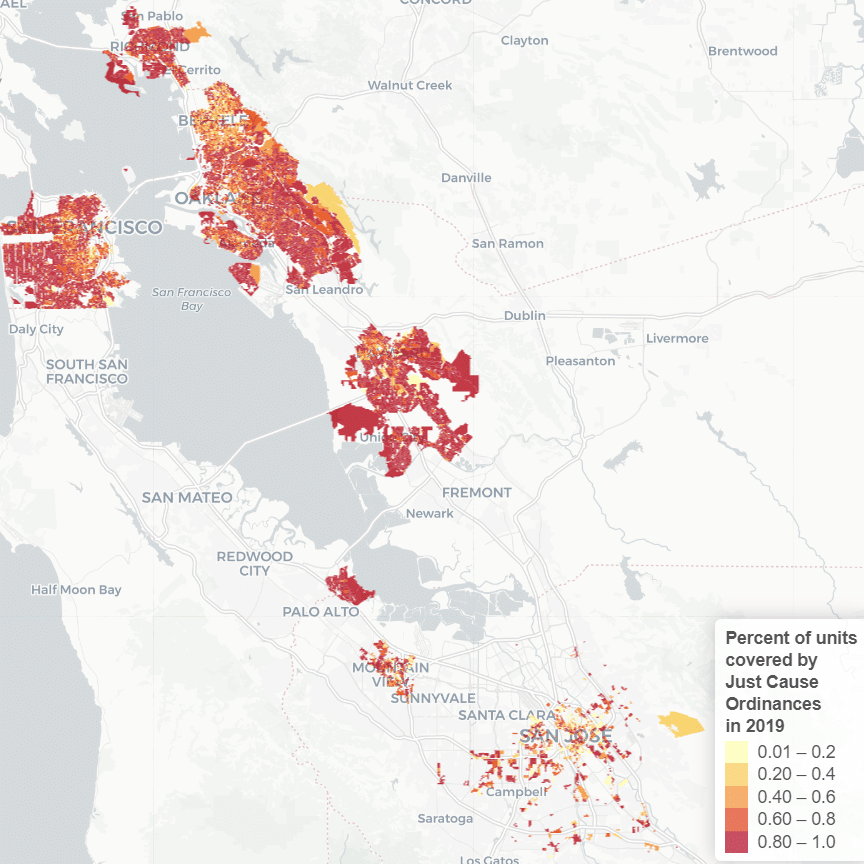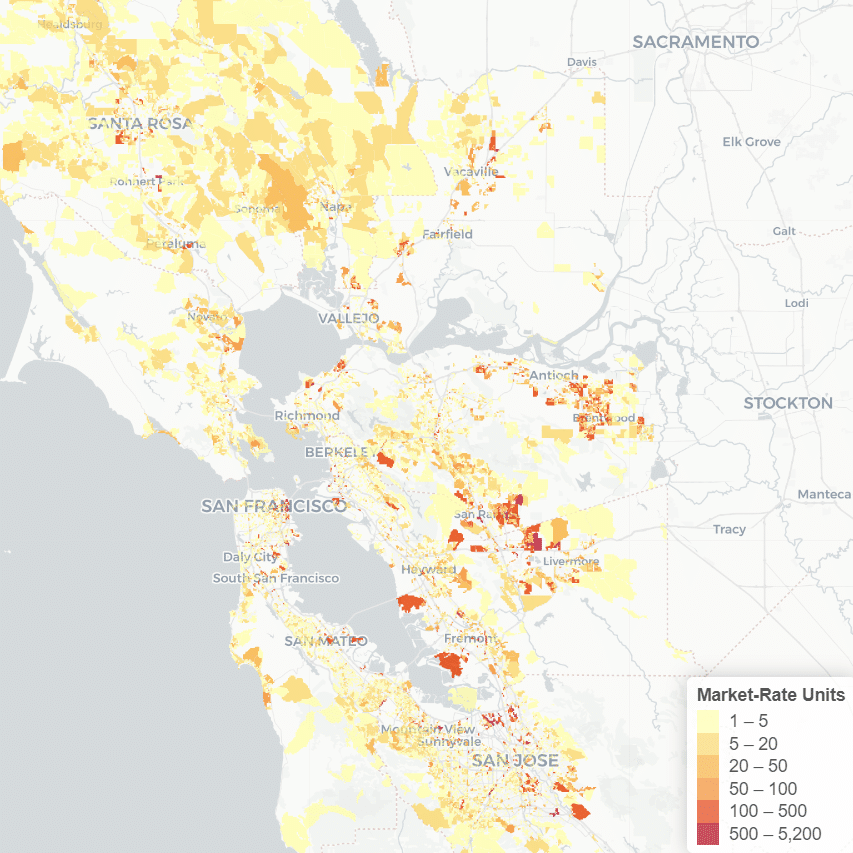Key Takeaways from SPARCC and Urban Displacement Project’s Gentrification and Displacement Analysis
Cities are in a unique moment in modern history. Economic inequality and racial bias persistently inhibit the ability for working people to find safe and stable housing. Disinvestment and poor maintenance are deteriorating once great neighborhoods to a degree that threatens basic habitability. The COVID-19 pandemic is reshaping our systems of commerce, mobility and social interaction, while dramatically underscoring that housing IS health. And most importantly, protest and economic necessity are changing the way that we talk about race, what we expect from our institutions, and the way we provide for each other in time of extreme need.
In this crucial moment for the future of American cities and cultural hubs, we must understand the factors that drive displacement and prevent people from staying connected to their place.
Research and local conversations about large-scale displacement have been happening in many cities –not just the “hot market” usual suspects like New York and San Francisco—for nearly a decade. [1] Other than an occasional cautionary tale, local conversations between residents, advocates and leaders have typically focused on their own city.
In 2018, SPARCC partnered with the UC Berkeley’s Urban Displacement Project (UDP) and community partners to analyze gentrification and displacement patterns in the Atlanta, Chicago, Denver, and Memphis SPARCC regions. The goal of this project was to understand the commonalities and differences in their respective neighborhood change patterns across regions in order to build momentum for a national narrative around anti-displacement. This two-year community-engaged research process culminated in a set of interactive gentrification and displacement maps of Atlanta, Chicago, Denver, and Memphis and two accompanying reports, The Urban Displacement Replication Project and Building a National Narrative of Anti-Displacement Strategies.
What We Learned
Rather than attempting to rank cities, or determine where displacement pressure is most acute, as has been a common focus of recent research, this work aims to understand the spectrum of disinvestment, stability, gentrification and exclusion through multiple perspectives in multiple cities. Gentrification and displacement patterns may look different across Atlanta, Chicago, Denver, and Memphis but this sample of American cities identifies some common challenges:
- Racialized patterns of neighborhood change persist,
- New investment particularly in urban greening projects is perpetuating displacement,
- Disinvestment continues to threaten the livelihoods of low-income communities and communities of color,
- Displacement is impacting the social determinants of health due to loss of community resources, social networks, and educational opportunities, and
- Climate change is expected to exacerbate ongoing displacement.
By understanding the experiences of neighborhood change and responsive policy approaches in many places, this work aims to empower communities to learn from one another’s displacement stories, acknowledge their connections, legitimize their experiences in the eyes of federal and local policymakers and elected officials, and engage with best practices in anti-displacement interventions from around the country.
Where do we go from here?
Geoff Smith, Executive Director, DePaul University Institute of Housing Studies highlights that, “The maps UDP developed can serve as an important tool for facilitating cross-city discussions and information-sharing among community partners working in similar neighborhood contexts.” SPARCC is providing the ongoing infrastructure for practitioner and community leaders across these six cities to learn from each other and build a stronger voice together.
For policy advocates and grass tops organizations already working at the national level, these key elements of displacement offer a way to understand the common displacement pressures across cities, and craft federal policy responses and replicable programs that can respond to what we understand as a systemic problem that transcends individual regions.
[1] Recent national gentrification studies include: Governing Magazine’s “Gentrification in America” Report (2015), Enterprise Community Partners’ Gentrification Comparison Tool (2019) and the National Community Reinvestment Coalition’s Gentrification and Displacement Study (2020). Pertinent regional gentrification and displacement studies include but are not limited to that of DePaul University’s Institute for Housing Studies, Loyola University’s Center for Urban Research and Learning, and City of Denver’s “Mitigating Involuntary Displacement” study.
This blog is cross-posted at SPARCC hub.






